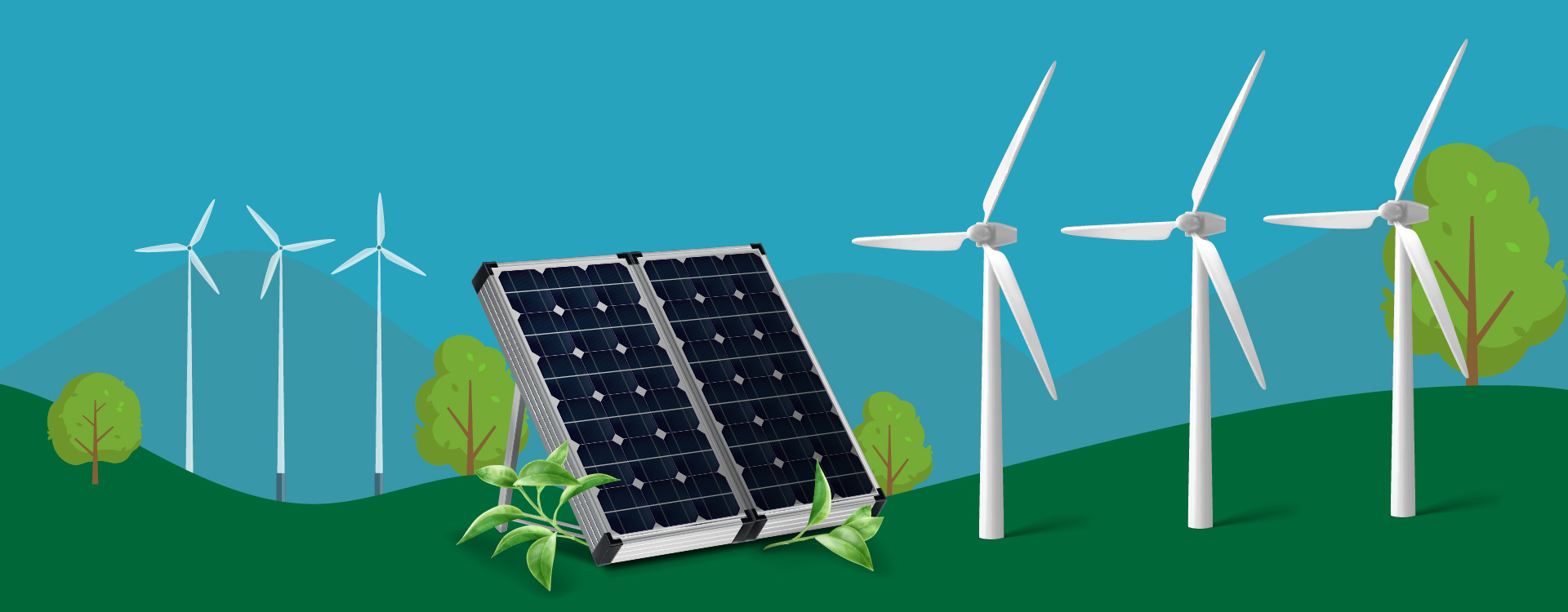100 percent electrification of rural India became the topmost priority of PM Narendra Modi after assuming office when the World Bank announced that India has the world’s largest un-electrified population. Though we boast of achieving 100 percent electrification of rural areas, the official data says something else. According to a report from Alliance for Rural Electrification, only 1,417 of India’s 18,452 villages, or 7.3% of the total, have 100% household connectivity.
Cut to 2021, where the country’s healthcare infrastructure has shaken in the pandemic and we are aware of rural India’s healthcare infrastructure and electricity connectivity already. Having access to electricity is a critical enabler for building robust and inclusive healthcare infrastructure. With access to electricity being sparse in rural India, several life-saving interventions cannot be undertaken. In rural India, the public health centers (PHCs) provide the last-mile delivery of healthcare services which largely remain devoid of electricity or suffer from the irregular power supply.
According to a joint study by District Level Household and Facility Survey, one out of every two public health centres (PHCs) of rural India is unelectrified or suffers from an irregular power supply. Such gaps press the need for an uninterrupted power supply in rural India for access to reliable power in providing essential healthcare services to people. Leveraging India’s bright minds and technology, the government is bridging the energy gaps in rural healthcare by launching the Rise Innovation Challenge.
What is the Rise Challenge?
The Rise Challenge – Rural India Solutions for Energy aims to help rural parts of India get access to a consistent source of power, the government of India has launched this initiative to support and encourage start-ups to develop energy solutions in healthcare centres of rural India. This programme will provide start-ups complete mentorship, resources, network, funding and support for turning their idea into an actual innovation and for prototyping.
What Rise Challenge is looking for in start-ups?
The Rise Challenge is looking for the below qualities in start-ups to be eligible:
- The solutions provided by them should be technically viable.
- The solution should be quick to test and create.
- Can be implemented faster in rural India.
- Cost-effective
‘‘
According to a joint study by District Level Household and Facility Survey, one out of every two public health centres (PHCs) of rural India is unelectrified or suffers from an irregular power supply.
The Eligible Start-ups for Rise Challenge
The eligible start-ups for this challenge are early-stage start-ups belonging to the renewable energy sector. With relevant stakeholders to be an early traction start up, scaling stage start-ups and corporate.
Application and Post-application Process for the start-ups
The start-ups need to register their idea aligning with solving the power availability for healthcare in rural areas. The selected start-ups will be required to work with experts to build the prototype. The shortlisted prototypes will be explored for implementation on a larger scale.
Benefits to selected start-ups with Rise Challenge
- Corporate and investor connect
- Funding support
- Incubation support
- Holistic mentorship
- IP (Intellectual Property) support
- R&D prototype support
- Live lab for implementation
- Fiscal incentives up to Rs 1 lakh with the opportunity to develop prototype creation with experts
What do such programmes mean for start-ups in the renewable energy space?
Looking at the uncertain times of the pandemic, the venture capitalists shied away to invest in the early-stage start-ups in the innovative energy technology space. According to the International Energy Agency, on a global level, the funding in such start-ups was $3.1 billion, a drop of 30 percent in 2019. Such initiatives from the native government will provide impetus to more start-ups in developing innovative solutions in the rural energy space.




